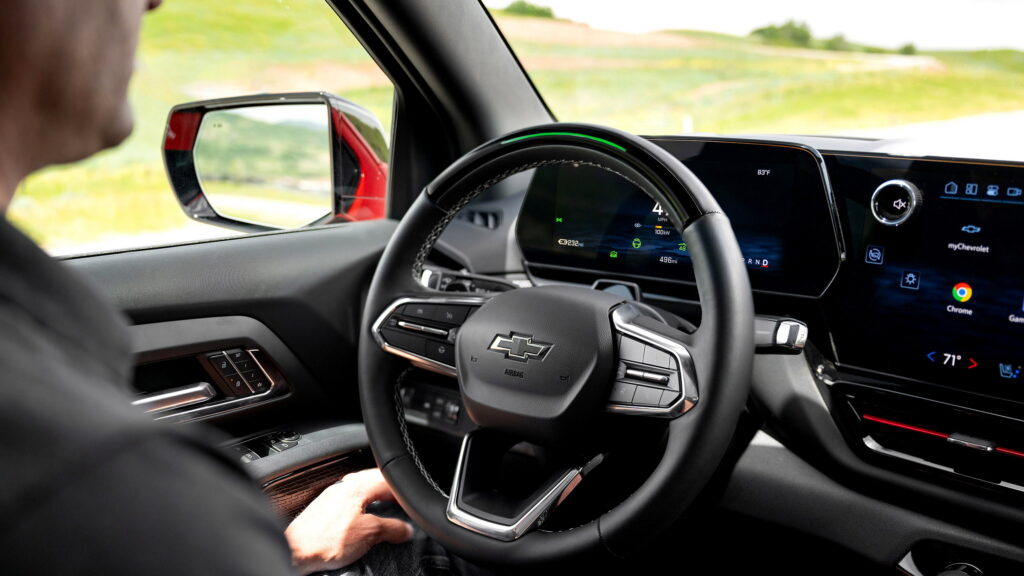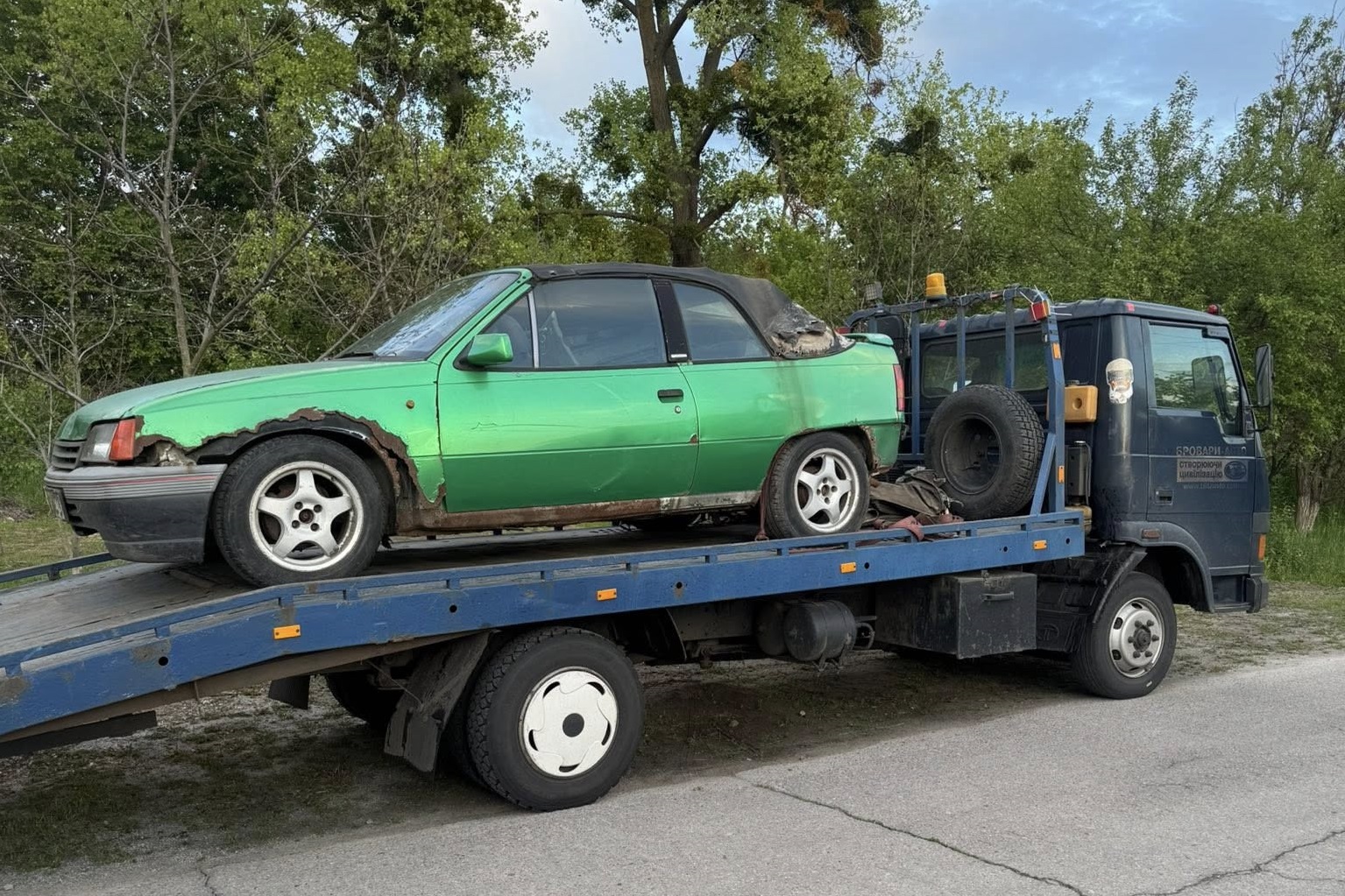Worsening visibility in modern cars: IIHS research
Over the past 25 years, the number of deaths among pedestrians and cyclists has increased by 37% and 42%, respectively. Researchers point to reduced visibility from the driver’s seat due to increased vehicle sizes and design changes. The Insurance Institute for Highway Safety (IIHS) analyzed 17 models from different years of production to understand how “blind zones” have changed.
The results showed that visibility within a 10-meter radius decreased by 58% in SUVs, while in sedans it decreased by only 8%. The worst indicators were for the Honda CR-V and Chevrolet Suburban: the former’s visibility dropped from 68% to 28%, the latter’s from 56% to 28%. High hoods and large mirrors significantly limit the view, which poses a danger to pedestrians.
Why is this important?
“The decline in visibility in this group of models is concerning. We need to find out if this is a general trend that could have contributed to the increase in pedestrian fatalities,” said IIHS President David Harkey.
Researchers also noted that the IIHS method allows for an accurate assessment of the visibility level, which could become the basis for future safety standards. Although sedans showed minimal changes, the share of SUVs on the roads has increased significantly, which increases the risks.
This data underscores that car design must take into account not only aesthetics but also safety. Growing attention to the problem may encourage manufacturers to create vehicles with better visibility, especially in urban traffic conditions.


 by
by 
